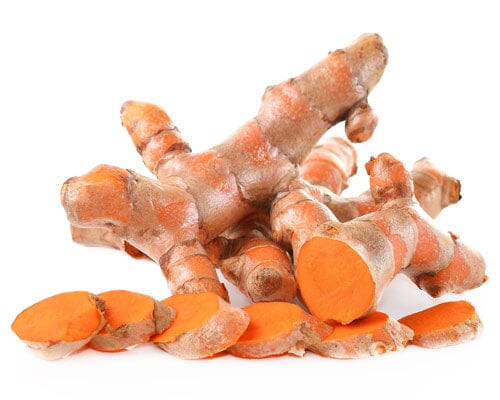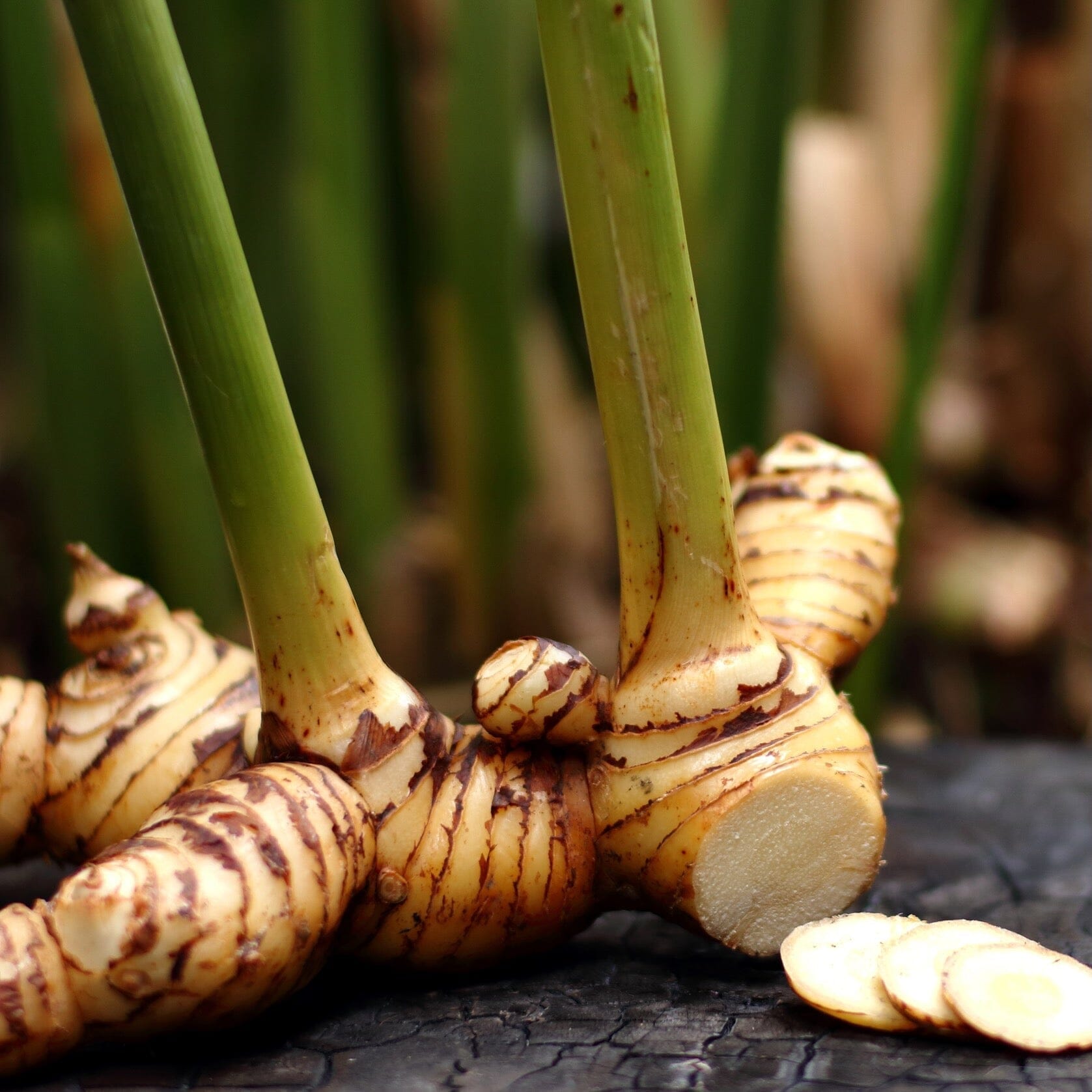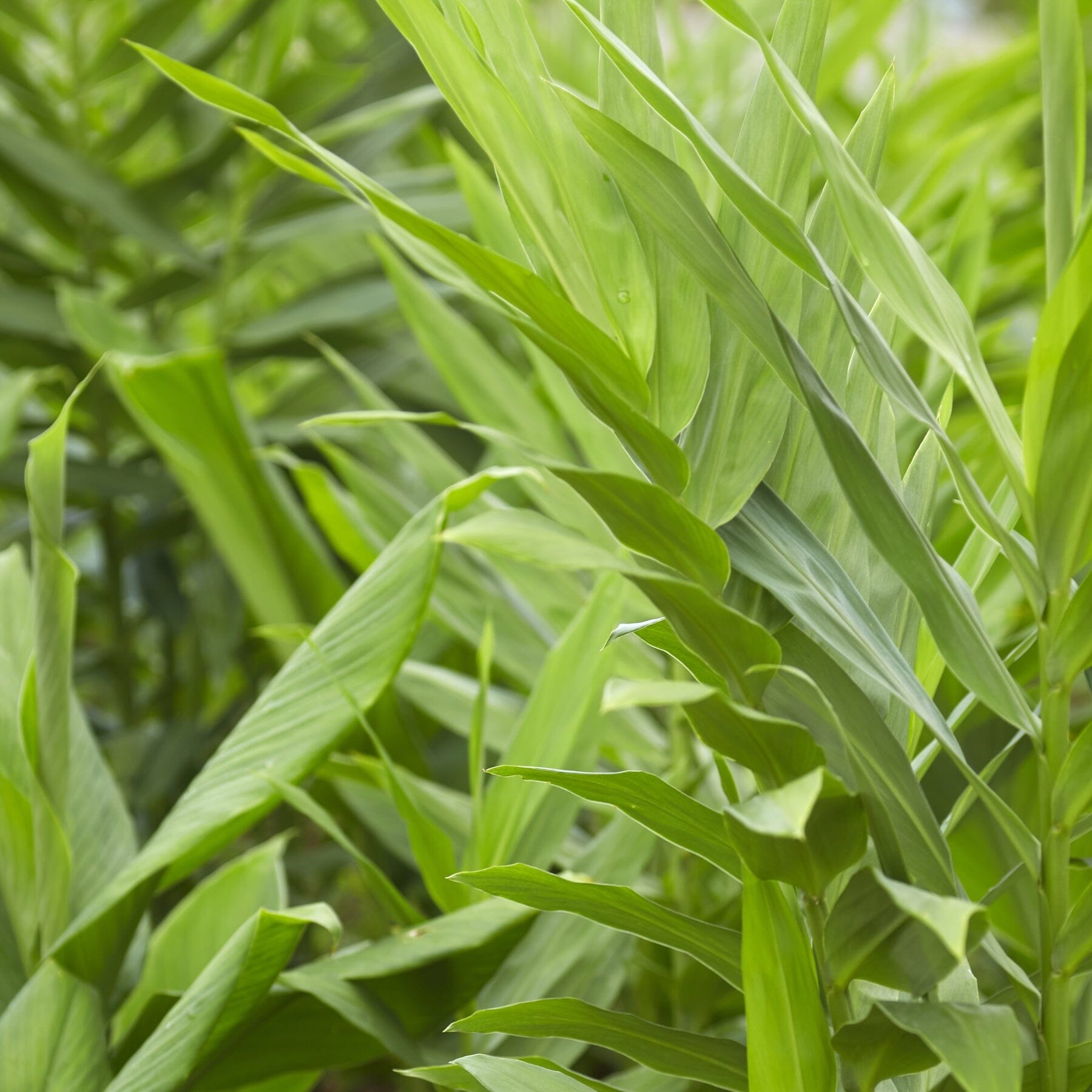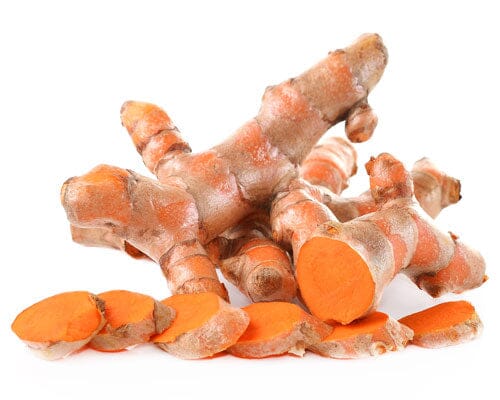
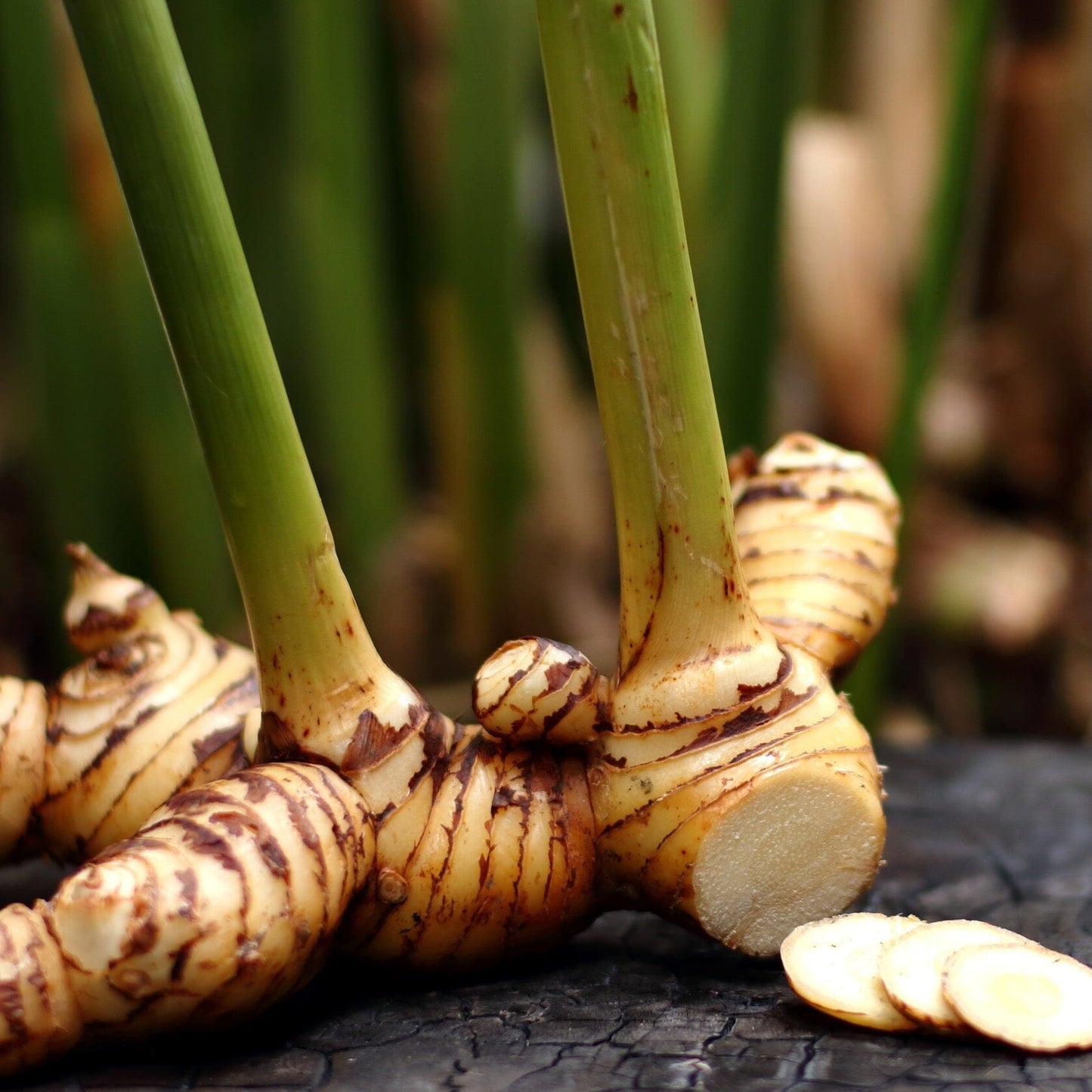
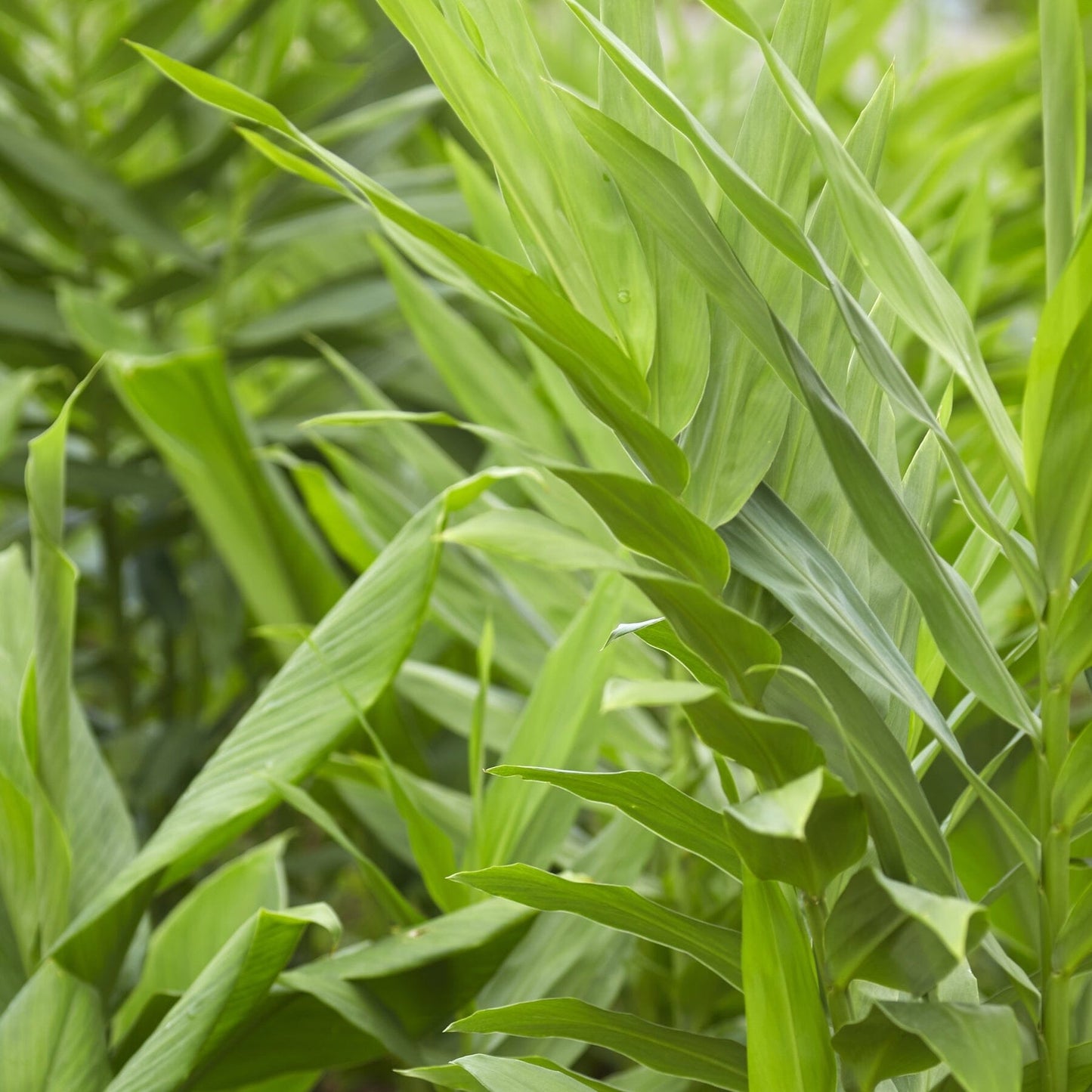
Key Features
Special considerations
Growing and Care Instructions
-
Fertilizing
Apply a balanced, slow-release fertilizer every 4–6 weeks during the active growing season (spring through late summer). Reduce feeding in fall and winter when dormant.
-
Watering
Keep soil consistently moist but not soggy. Water deeply when the top 1–2 inches of soil begin to dry out. Light Requirements:
-
Light Requirements
Partial shade to filtered sunlight. Prefers bright, indirect light and protection from harsh afternoon sun.
| Type | Herbaceous perennial (not a woody tree) |
|---|---|
| Lifespan | In tropical/subtropical climates (Zones 8–11): Turmeric is a perennial herb. The rhizomes can keep producing new shoots and leaves year after year if protected from frost and given the right care. |
| Growth | Moderate |
| Max Height | 3–4 feet tall |
| Max Width | 2–3 feet wide |
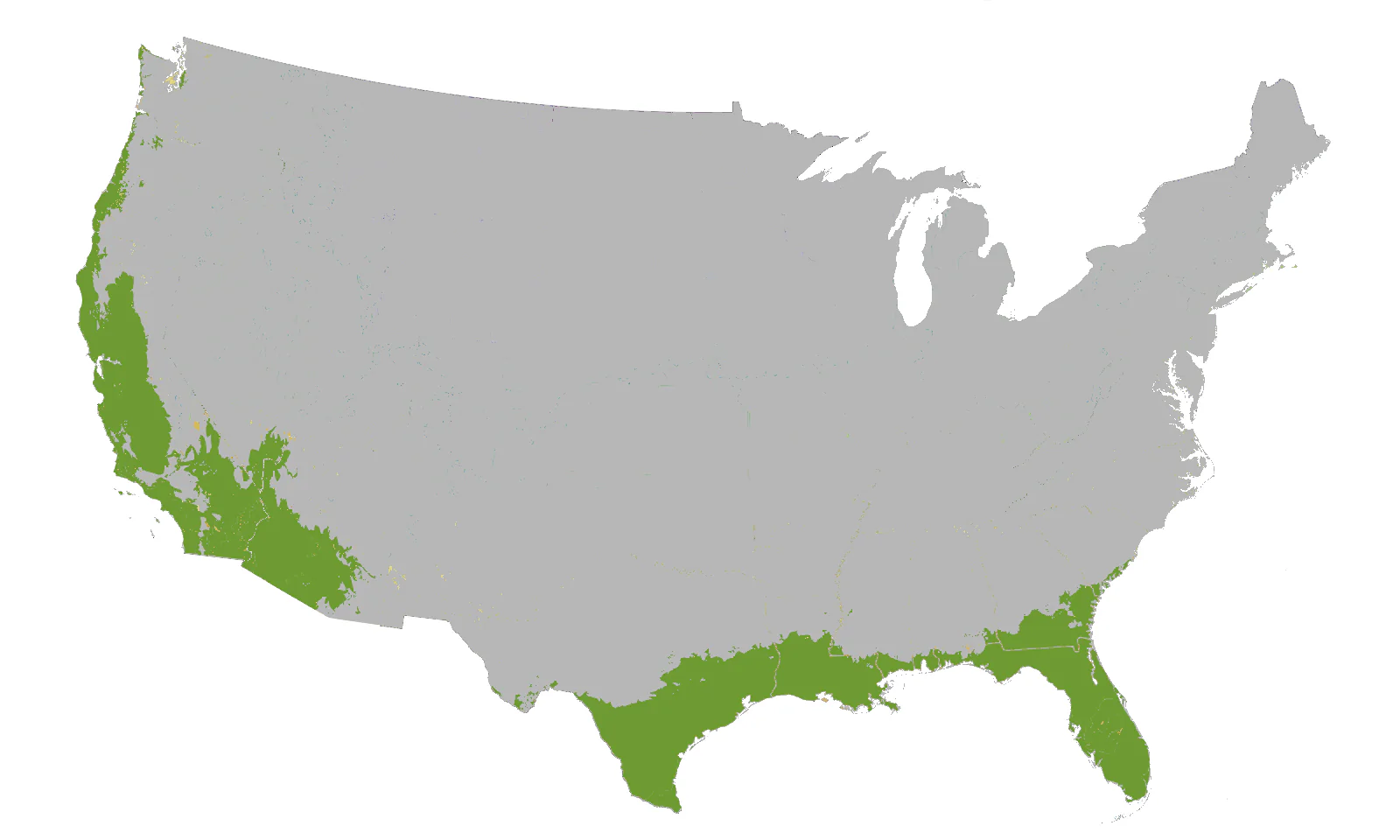
USDA Zones 8–11 (best grown outdoors in frost-free areas; can be grown indoors or in containers in colder zones)
|
|
Yellow Turmeric or Curcuma Longa
Yellow Turmeric or Curcuma longa is a reliable, easy to grow perennial ginger. Turmeric (aka Indian Saffron) is commonly harvested for it's edible rhizomes 8-10 months after planting. It is very adaptable to many types of light, soils, & moisture levels. It will produce beautiful, white flower spikes in late summer. Curcuma longa will lose it's leaves in fall & reemerge in spring. In colder climates rizomes can be dug and overwintered in dry peat moss, or potentially brought in as a house plant. Turmeric rhizomes are typically boiled or sun dried for one week, they can also be eaten fresh. Leaves are used to wrap & flavor fish.

